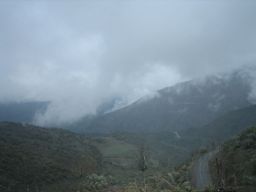
 |
Looking down the valley, below the snowline. |
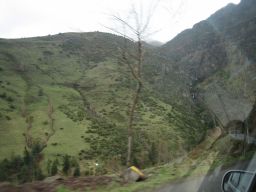 |
A waterfall. |
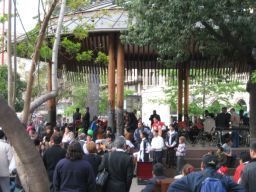 |
A local folk band at the Plaza de Armas. |
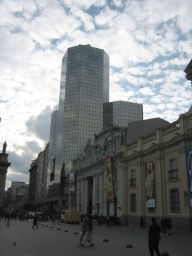 |
Looking across at the Palacio de la Real Audiencia (Museum of National History). |
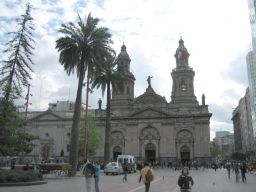 |
The Metropolitan Cathedral. |
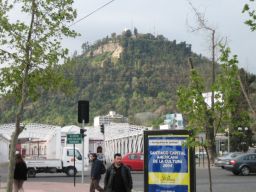 |
Looking up from the city, you can just see the statue at the top of the hill. |
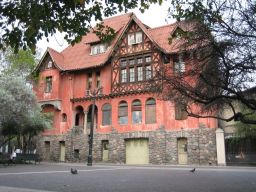 |
This was a cool house near the base of the Cerro San Cristobal. |
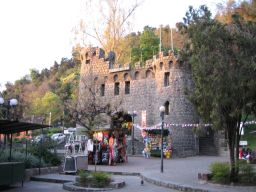 |
The base station for the funicular railway leading up the hill. |
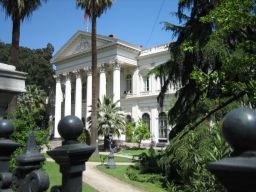 |
The Ex-Congreso Nacional (now the Foreign Ministry). |
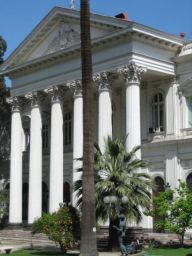 |
The Ex-Congreso Nacional again. |
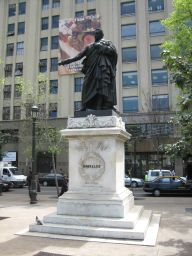 |
Statue at the Plaza de la Constitucion. |
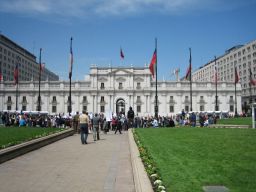 |
Looking south at the Palacio de la Moneda. |
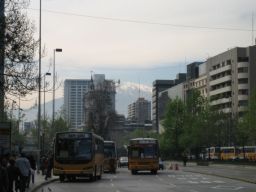 |
In the midst of downtown, looking up at 19th century churches and the Andes. |
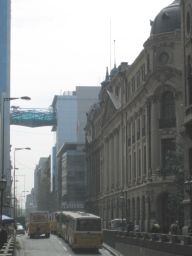 |
More crazy architecture mixing: 19th and 21st century buildings side-by-side. |
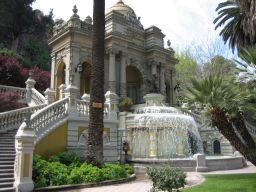 |
Large fountain at the entrance. |
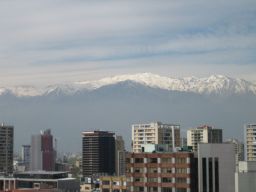 |
Climbing up Cerro Santa Lucia, looking across town at the Andes. |
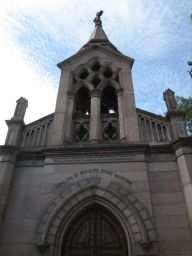 |
Near the top is a small chapel. |
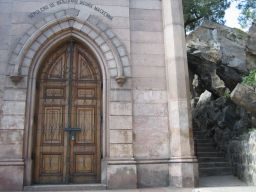 |
The path up the hill continues next to the chapel. |
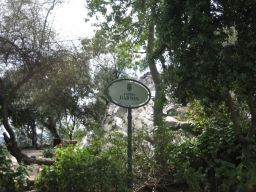 |
Darwin's garden. |
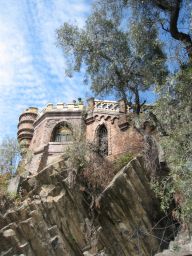 |
Looking up at the top of Cerro Santa Lucia. |
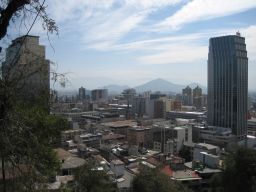 |
View from the top--looking west. |
 |
View from the top--looking east. |
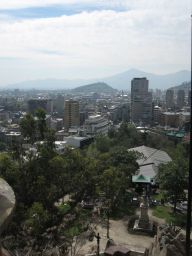 |
View from the top--looking north. |
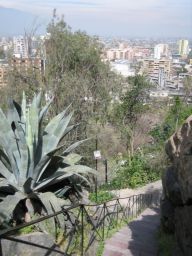 |
Heading down the south slope. |
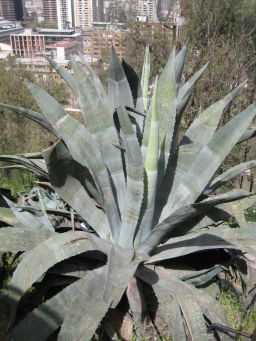 |
Engraved cactus. |
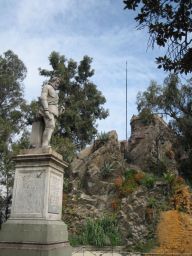 |
Looking back up at the top of the hill. |
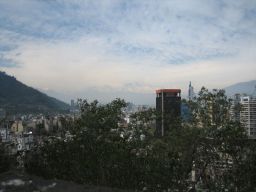 |
Looking east again. |
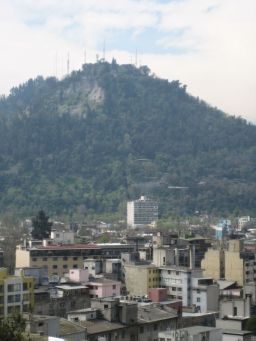 |
Looking up at Cerro San Cristobal. |
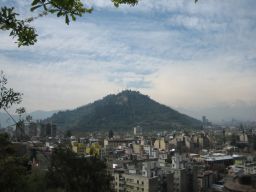 |
Cerro San Cristobal (zoomed back). |
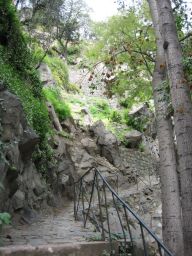 |
Looking back up the hill. |
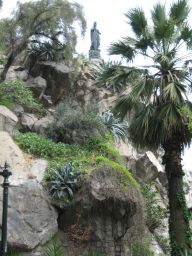 |
Looking up at a small statue. |
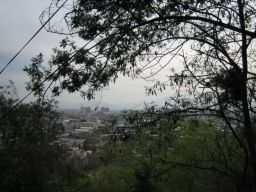 |
On the funicular. |
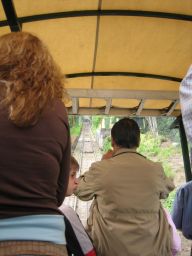 |
Looking up as we approach the station. |
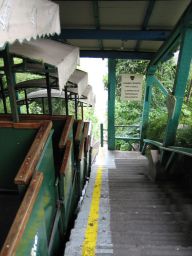 |
Looking back down. |
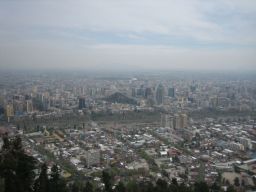 |
Looking back towards the hotel (Cerro San Lucia is the green hill in the middle of the picture). |
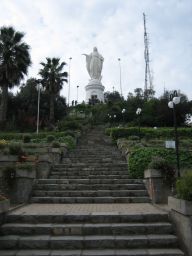 |
Looking up at the Virgin Mary. |
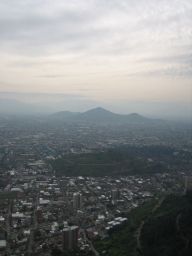 |
Looking west across Santiago. |
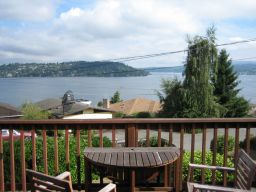 |
Back home. |